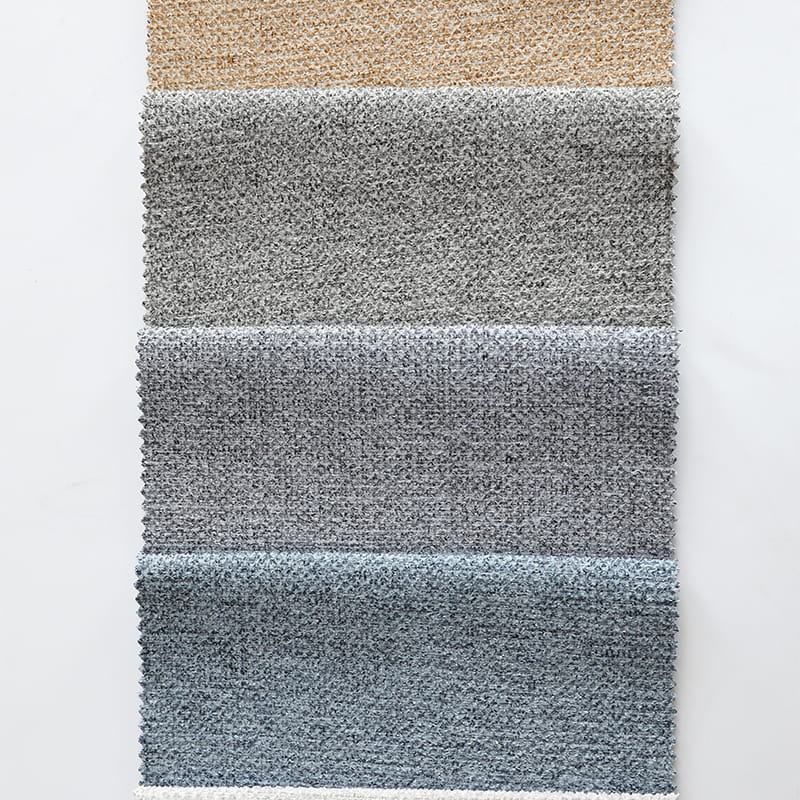Linen sofa fabric is generally considered to be resistant to dust mites to some extent. Here's why:
Natural Fiber Structure: Linen is a natural fiber that is known for its breathability and relatively coarse texture compared to some other fabrics. This texture makes it more difficult for dust mites to thrive and reproduce on the fabric.
Moisture-Wicking Properties: Linen has excellent moisture-wicking properties, which means it can quickly absorb and release moisture. Dust mites thrive in humid environments, so linen's ability to keep moisture levels low can discourage their growth.


Less Favorable Habitat: Dust mites prefer environments with warmth, humidity, and an ample supply of shed human skin cells (their primary food source). Linen's natural characteristics create an environment that is less conducive to these conditions.
Minimal Chemical Treatment: Linen is often minimally processed and treated with fewer synthetic chemicals compared to some other fabrics. This can be beneficial for individuals with chemical sensitivities or allergies.
While linen's natural properties contribute to its resistance to dust mites, it's important to note that no fabric is entirely immune to dust mites or allergen buildup. Regular cleaning, vacuuming, and maintaining a clean and dry environment are still essential practices for minimizing dust mites and allergens in any fabric, including linen.


 English
English 简体中文
简体中文





